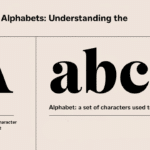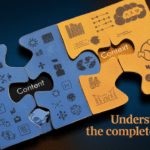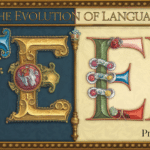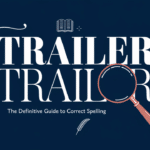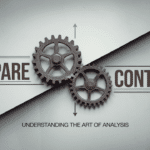In the realm of professional communication, the phrase “well noted” in an email has become somewhat overused in business correspondence. While it effectively acknowledges receipt of information, today’s dynamic workplace communication demands more diverse and contextually appropriate responses.
This comprehensive guide explores meaningful alternatives that enhance email etiquette and demonstrate genuine engagement with colleagues’ messages.
The Evolution of Digital Acknowledgments

How we handle message acknowledgments has transformed significantly with the evolution of digital correspondence. Modern professional language requires responses that confirm receipt and maintain relationship-building elements of business protocol.
| Common Scenario | Traditional Response | Modern Alternative | Impact Level |
|---|---|---|---|
| Project Update | Well noted | Thank you for the detailed progress report | High |
| Meeting Request | Well noted | I’ve added this to my calendar | Medium |
| Policy Change | Well noted | I understand the new guidelines | High |
| Task Assignment | Well noted | I’ll begin working on this | High |
| Budget Approval | Well noted | The budget has been recorded | Medium |
| Team Feedback | Well noted | Your input is valuable | High |
| Status Report | Well noted | I’ve reviewed the status | Medium |
| Process Change | Well noted | Implementation will begin soon | High |
| Resource Request | Well noted | Resources will be allocated | Medium |
| Timeline Update | Well noted | Timeline adjustment recorded | High |
Understanding Context in Professional Responses
The art of crafting appropriate business email replies lies in understanding the context and choosing response variations that match the situation’s formality level.
Formal Response Framework
When engaging in formal email responses, it’s crucial to maintain a professional tone while showing genuine acknowledgment. Consider these situation-specific alternatives:
| Situation Type | Formal Acknowledgment | Follow-up Action Required |
|---|---|---|
| Executive Direction | Understood and will implement | Yes |
| Board Communication | Duly noted and documented | Yes |
| Legal Updates | Acknowledged and filed | Yes |
| Compliance Matters | Recorded for implementation | Yes |
| Strategic Plans | Received and reviewed | Yes |
| Audit Requests | Documented for action | Yes |
| Policy Updates | Noted for compliance | Yes |
| Risk Assessments | Registered for review | Yes |
| Financial Reports | Received and processed | Yes |
| Stakeholder Messages | Acknowledged with thanks | Yes |
The Art of Appreciation and Understanding

Modern business messaging goes beyond simple acknowledgment. It’s about showing genuine appreciation and ensuring clear communication efficiency.
Alternative 1 Taking Note with Grace
“Thank you for the update” serves as an excellent alternative when receiving important information. Here’s how Sarah responded to a project milestone notification:
“Dear Marcus, Thank you for bringing to attention the successful completion of Phase One. I’ve recorded details of the achievements and will share them in our next board meeting.”
| Response Element | Purpose | Example Usage |
|---|---|---|
| Gratitude | Shows appreciation | Thank you for sharing |
| Acknowledgment | Confirms receipt | I’ve received this |
| Action Statement | Indicates next steps | Will process today |
| Timeline | Sets expectations | Implementing by Friday |
| Responsibility | Shows ownership | I’ll handle this |
| Confirmation | Verifies understanding | All points are clear |
| Follow-up | Indicates continuity | Will update you |
| Documentation | Shows record-keeping | Filed for reference |
| Collaboration | Indicates teamwork | Team is notified |
| Resolution | Shows completion | Matter resolved |
Alternative 2 Professional Acknowledgments

In workplace messaging, sometimes you need to acknowledge receipt while indicating further action. Consider this response from Alex to a vendor proposal:
“I’ve taken note of your proposal terms and will ensure addressed points are reviewed by our procurement team.”
Alternative 3 Ensuring Clear Understanding
When dealing with critical information in corporate messaging, it’s vital to demonstrate comprehensive understanding:
“Got it – I clearly understand the quarterly targets and will align our team’s efforts accordingly.”
| Communication Level | Response Type | Best Practice |
|---|---|---|
| Strategic | Comprehensive | Detail next steps |
| Operational | Action-oriented | Confirm timeline |
| Technical | Specific | Address each point |
| Administrative | Procedural | Note completion |
| Client-facing | Professional | Express gratitude |
| Internal | Collaborative | Mention team impact |
| Management | Decisive | Include decisions |
| Project-based | Goal-oriented | Reference targets |
| Support | Solution-focused | Offer assistance |
| Training | Educational | Confirm learning |
Alternative 4 Expressing Readiness
In business correspondence phrases, showing readiness to proceed is valuable:
“Understood and I will proceed with implementing the suggested changes to our marketing strategy.”
Alternative 5 Confirmation with Context
For email acknowledgment phrases, adding context shows thorough engagement:
“I appreciate heads-up regarding the system maintenance. Our team will plan deliverables accordingly.”
Alternative 6 Detailed Recognition
When handling important receipt acknowledgments, provide specific details:
“I’ve thoroughly reviewed and documented the proposed budget amendments. Implementation will begin next week.”
| Acknowledgment Style | Appropriate Context | Follow-up Required |
|---|---|---|
| Detailed Response | Complex Projects | Yes |
| Brief Confirmation | Quick Updates | No |
| Action-Oriented | Task Assignments | Yes |
| Query-Based | Unclear Messages | Yes |
| Supportive | Team Updates | Maybe |
| Decisive | Executive Orders | Yes |
| Collaborative | Team Projects | Yes |
| Informative | Status Reports | No |
| Reassuring | Concern Handling | Maybe |
| Professional | Client Communication | Yes |
Alternative 7 Forward Looking Acknowledgment
In professional replies, acknowledge while looking ahead:
“Your strategic insights have been registered. I’ll incorporate these points into our quarterly planning session.”
Alternative 8 Engagement Indication
For communication alternatives, show active engagement:
“I’ve carefully analyzed the market research data you’ve shared. This will significantly impact our expansion strategy.”
Alternative 9 Action Oriented Response
In workplace etiquette, combine acknowledgment with action:
“The client feedback has been logged, and I’m initiating immediate improvements based on their suggestions.”
Alternative 10 Comprehensive Understanding
For complex message handling situations:
“I’ve thoroughly processed the compliance updates. Our team will begin the certification process next week.”
| Response Category | Tone Level | Usage Frequency |
|---|---|---|
| Appreciation | Warm | High |
| Action | Direct | High |
| Understanding | Empathetic | Medium |
| Confirmation | Formal | High |
| Collaboration | Engaging | Medium |
| Documentation | Professional | Medium |
| Analysis | Detailed | Low |
| Planning | Strategic | Medium |
| Implementation | Practical | High |
| Follow-up | Proactive | Medium |
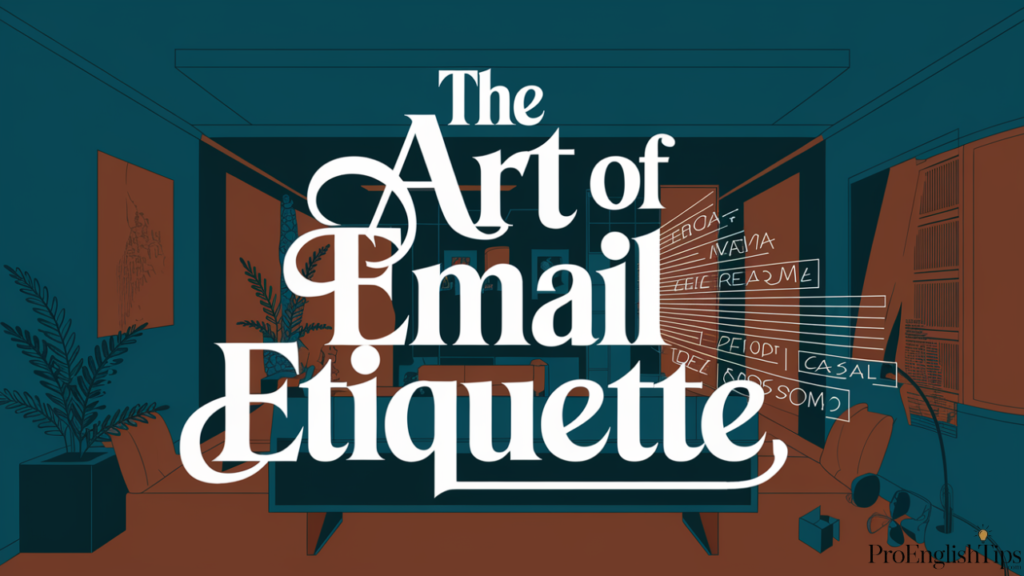
The key to effective business writing lies in matching your response’s formality to the situation. Consider the communication context, your relationship with the sender, and your organization’s culture when choosing the appropriate acknowledgment phrase.
Evolving Email Management
Modern professional communication continues to evolve, and so should our communication style. The alternatives well noted in an email presented here offer various ways to acknowledge messages while maintaining professionalism and adding value to the conversation.
Remember that effective correspondence protocol isn’t just about acknowledging receipt – it’s about building relationships and ensuring clear communication in every interaction. By varying your responses thoughtfully, you demonstrate attention to detail and respect for your professional relationships.

Emma Carter is an experienced blogger at Pro English Tips. She loves helping people improve their English skills, especially through synonyms and creative language use. With a friendly writing style, Emma makes learning fun and easy for everyone. In her spare time, she enjoys reading and exploring new words, always looking for ways to inspire her readers on their journey to better communication.



